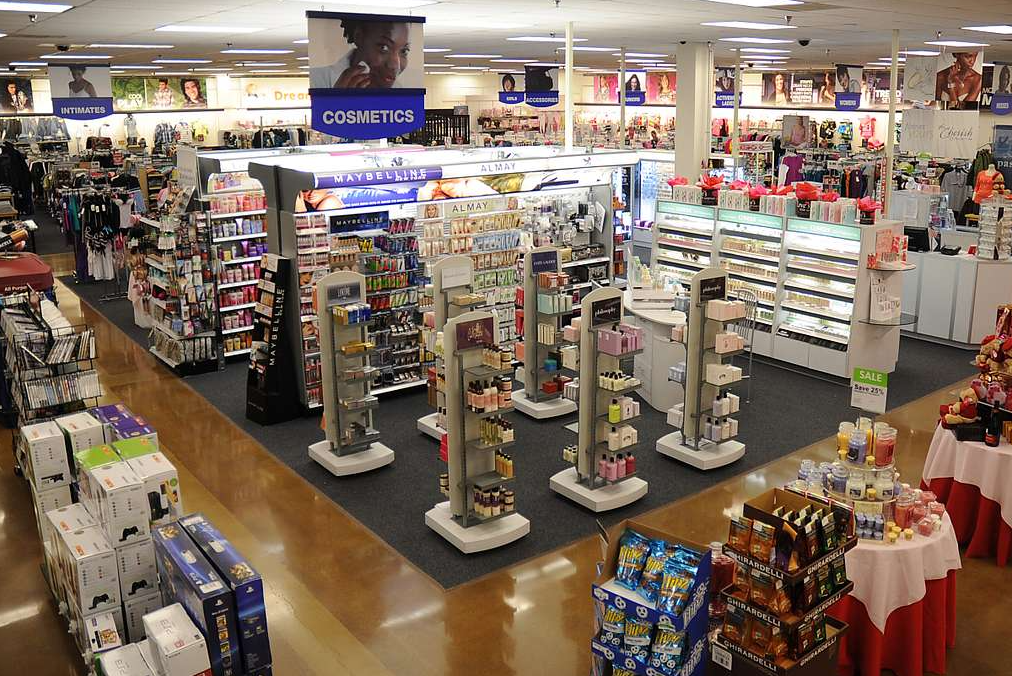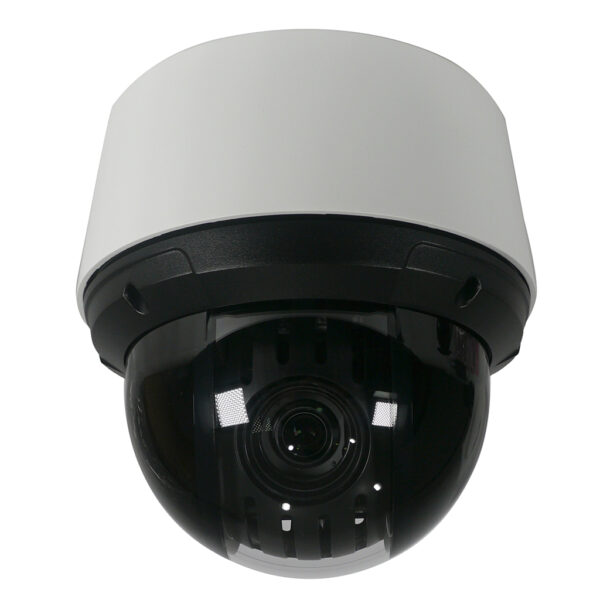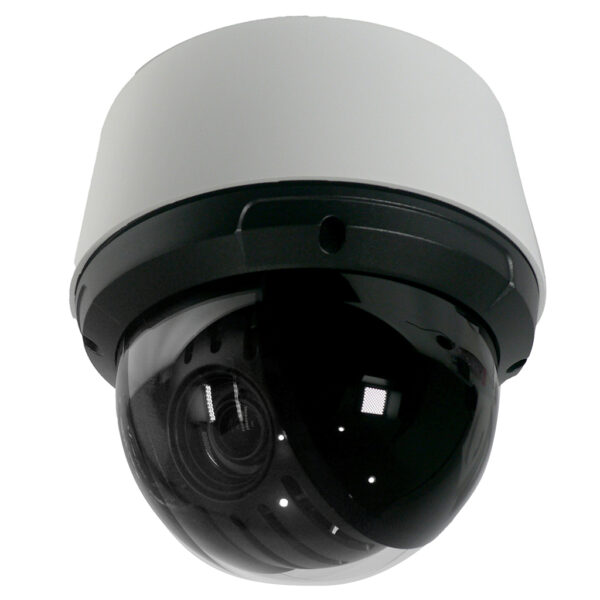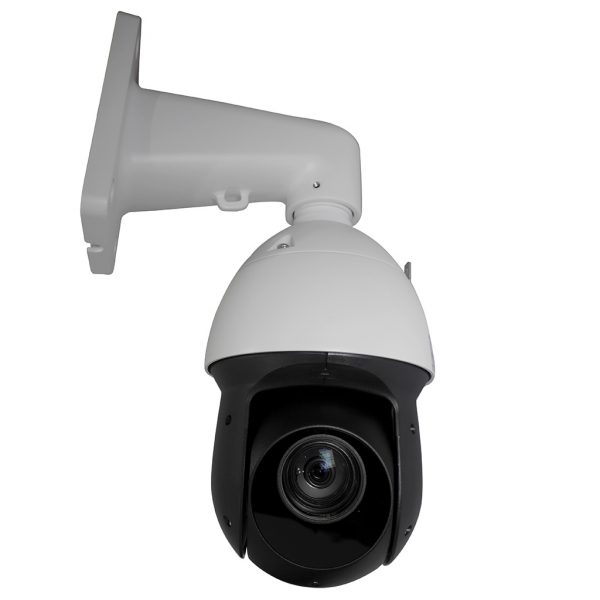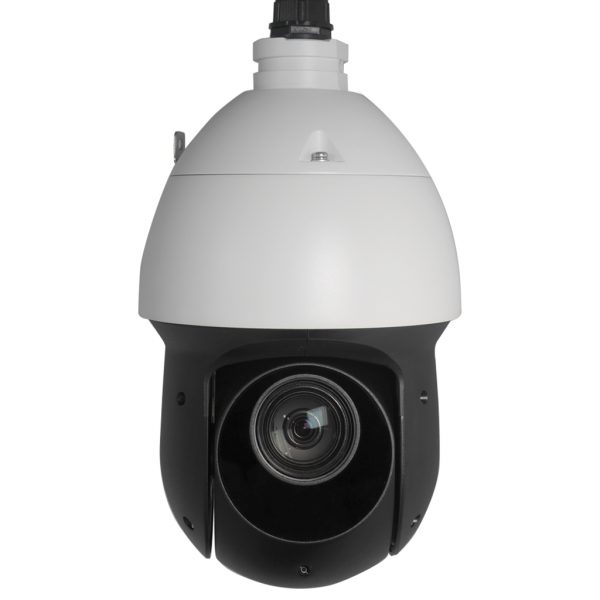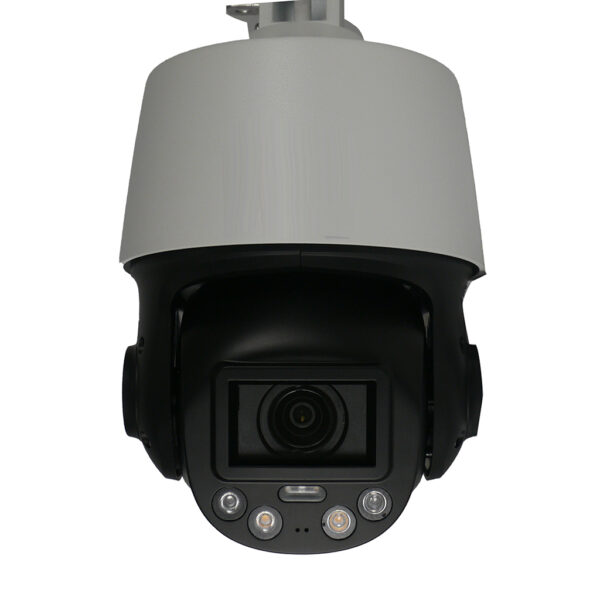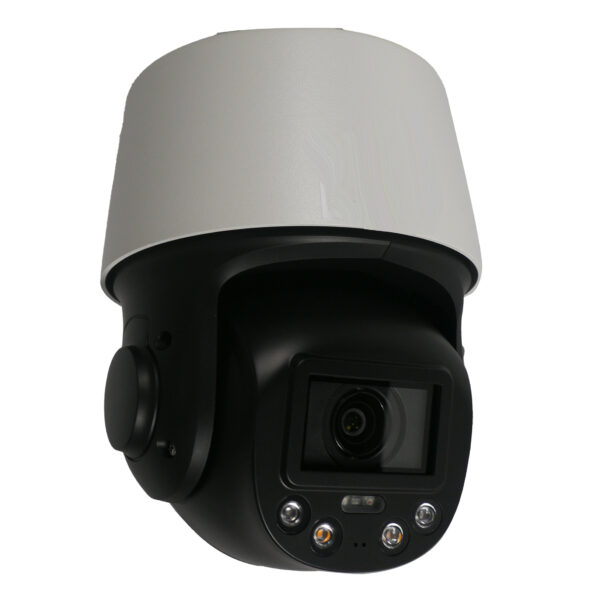Retail CCTV security systems are vital for protecting stores from theft, ensuring customer and employee safety, and improving operational efficiency. This article explores the components, benefits, and considerations of retail CCTV security systems.
Importance of Retail CCTV Security Systems
- Theft Prevention:
- Retail environments are prone to theft, both from external shoplifters and internal employees. CCTV cameras act as a strong deterrent, reducing the likelihood of theft.
- Evidence Collection: In case of theft, CCTV footage provides crucial evidence for investigations and prosecutions.
- Enhanced Safety:
- Ensuring the safety of customers and employees is paramount. CCTV cameras help monitor and quickly respond to suspicious activities, potential hazards, or incidents of violence.
- Emergency Response: In emergencies, CCTV footage helps in coordinating a swift and effective response.
- Operational Efficiency:
- CCTV cameras can provide insights into customer behavior, store traffic patterns, and employee performance. This data helps optimize store layouts, improve customer service, and enhance overall efficiency.
- Loss Prevention: Beyond theft, CCTV systems help monitor return fraud, vandalism, and other forms of loss.
Components of Retail CCTV Security Systems
- Cameras:
- Types: Dome cameras, bullet cameras, PTZ (Pan-Tilt-Zoom) cameras, and hidden cameras.
- Features: High resolution, night vision, motion detection, wide-angle lenses, and two-way audio.
- Digital Video Recorders (DVRs) / Network Video Recorders (NVRs):
- DVRs: Used with analog cameras, they record and store footage on a hard drive.
- NVRs: Used with IP cameras, they record and store footage digitally, often offering higher resolution and more advanced features.
- Monitors:
- Display: Essential for real-time monitoring and reviewing recorded footage.
- Types: Standard monitors or dedicated surveillance monitors with higher resolution and multiple input options.
- Cabling and Networking:
- Cabling: Coaxial cables for analog cameras and Ethernet cables (Cat5e or Cat6) for IP cameras.
- Networking: Routers, switches, and PoE (Power over Ethernet) injectors for connecting IP cameras.
- Storage Solutions:
- Local Storage: Hard drives within DVRs/NVRs for storing footage on-site.
- Cloud Storage: Off-site storage options for secure and accessible footage.
- Power Supply:
- Direct Power: Power adapters for individual cameras.
- PoE: A single Ethernet cable provides both power and data, simplifying installation for IP cameras.
Key Features to Consider
- High Resolution:
- High-resolution cameras (e.g., 1080p or 4K) capture clear and detailed footage, crucial for identifying individuals and incidents.
- Night Vision:
- Cameras with night vision capabilities ensure continuous monitoring during low-light or nighttime conditions. Infrared LEDs enable visibility in complete darkness.
- Motion Detection:
- Motion detection features alert operators to any movement within the camera’s field of view. This helps in quickly responding to potential threats and minimizing false alarms.
- Remote Access:
- Modern CCTV systems offer remote access via smartphone apps or web interfaces. Store managers can monitor live feeds and recorded footage from anywhere, enhancing response capabilities.
- Integration with Security Systems:
- Ensure that the CCTV system can integrate with existing security systems such as alarms, access control, and point-of-sale (POS) systems. This creates a comprehensive security ecosystem.
Conclusion
Retail CCTV security systems are indispensable for ensuring store security, preventing losses, and improving operational efficiency. By understanding the components and key features, retailers can make informed decisions to deploy effective surveillance systems tailored to their specific needs. Investing in high-quality CCTV systems not only safeguards assets but also fosters a safer and more productive retail environment.
Related Products
Frequently Asked Questions (FAQ)
- What types of security cameras are best for retail stores?
- Dome, bullet, PTZ (Pan-Tilt-Zoom), hidden, and wireless cameras are commonly used in retail stores for comprehensive surveillance.
- What features should I look for in store security cameras?
- Look for features like high-definition video quality, night vision, motion detection, remote access, and weather resistance, depending on your store’s specific needs3.
- How should I install security cameras in my store?
- Cameras should be strategically placed to cover high-risk areas such as entrances, exits, cash registers, and aisles. Ensure they are mounted at an appropriate height and angle for optimal coverage.
- Can store security cameras help deter theft?
- Yes, visible security cameras can act as a deterrent to potential thieves and help reduce shoplifting incidents.
- How can I access footage from store security cameras remotely?
- Many modern CCTV systems offer remote access through mobile apps or web-based interfaces, allowing you to monitor your store in real-time from anywhere

